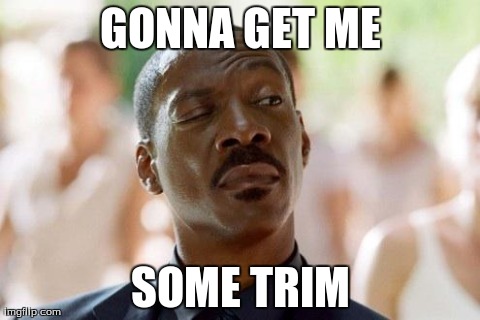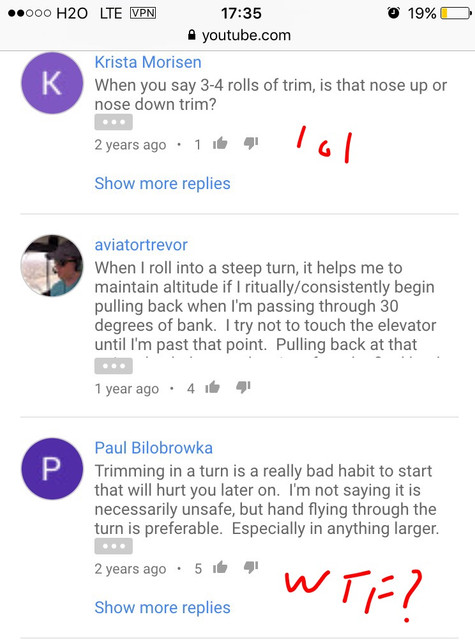paflyer
Final Approach
Saw the following youtube.
Comments are interesting. Apparently it has now become commonplace by instructors and examiners to not allow trim to be used in performing steep turns.
New one on me; I was taught (and practice constantly) that trim is my friend. What's with the current, er, technique?
Comments are interesting. Apparently it has now become commonplace by instructors and examiners to not allow trim to be used in performing steep turns.
New one on me; I was taught (and practice constantly) that trim is my friend. What's with the current, er, technique?



